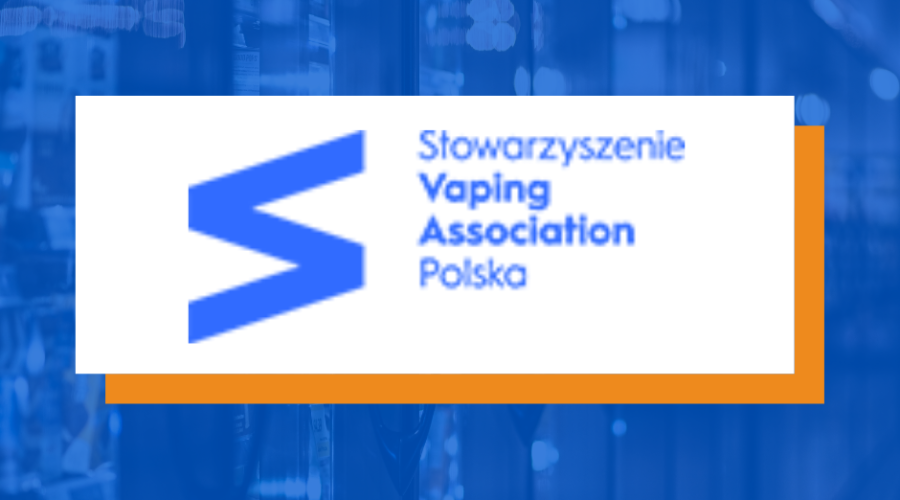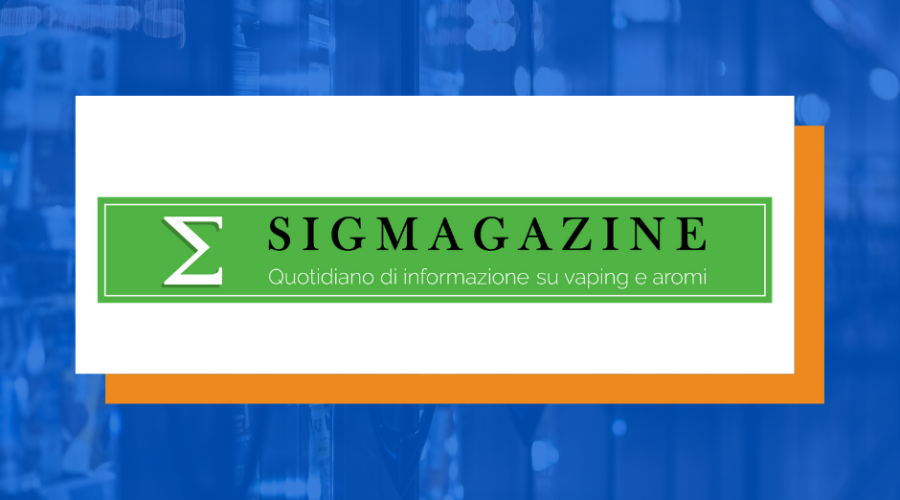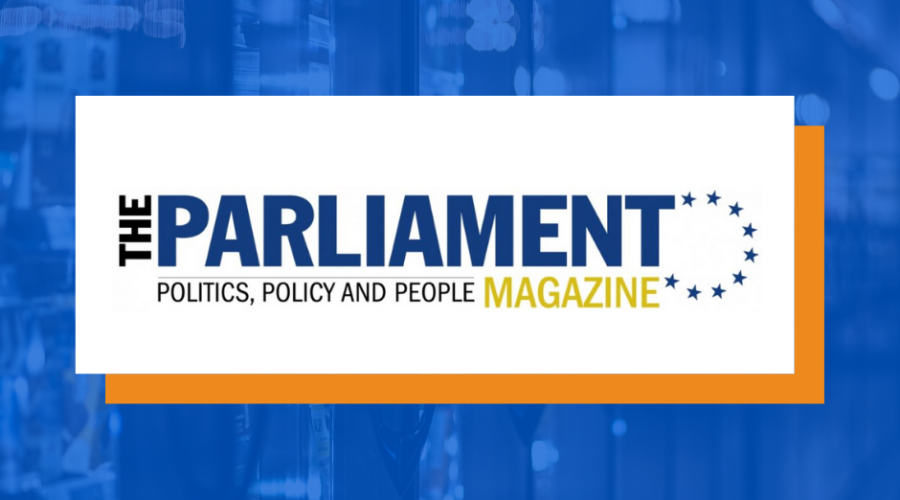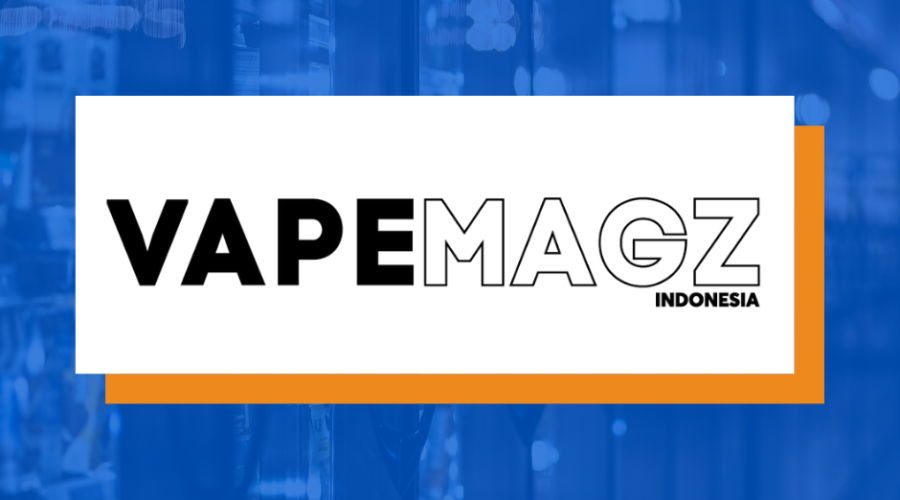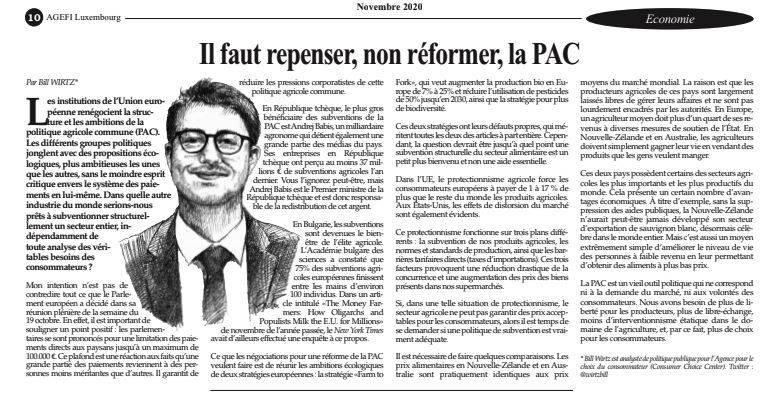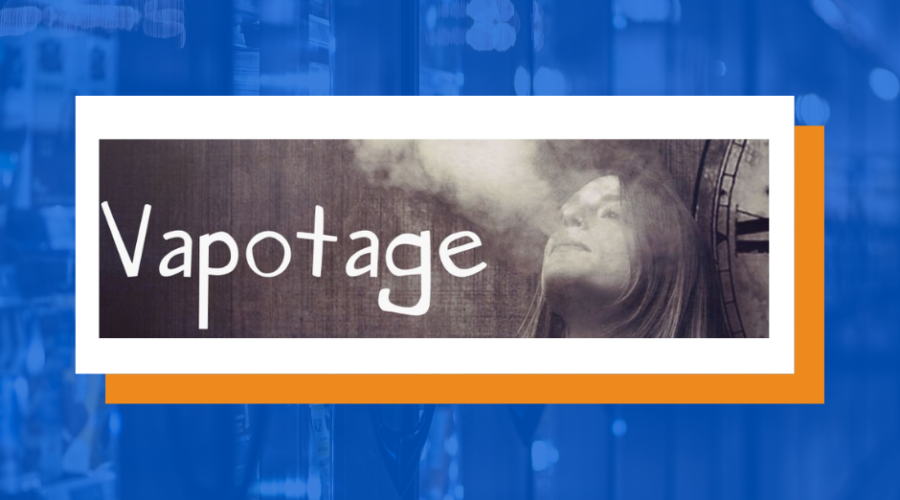Report: Vaping is a gateway out of smoking
KUALA LUMPUR, Nov 23 — A 2020 report by an American advocacy group, the Consumer Choice Center, debunks the common belief that “vaping is the gateway to smoking for adults and adolescents.”
Titled “Vaping and the Gateway Myth”, the report highlighted findings that vaping is 95 per cent less harmful than smoking.
It also presents a viewpoint that vaping actually helps conventional smokers “divert from traditional and harmful tobacco consumption.”
The report also emphasises that vaping products were designed to offer smokers a safer way to consume nicotine, with the target being adult smokers.
The British National Health Service has already said nicotine, on its own, is relatively harmless and adds that “almost all of the harm from smoking comes from the thousands of other chemicals in tobacco smoke, many of which are toxic.”
The Consumer Choice Center report also cites a study conducted by University College London in 2019 which analysed data from over 50,000 smokers from 2006 to 2017.
It was found that vaping products were positively associated with the quit success rate; every one per cent rise in the use of vaping products associated with a 0.06 per cent increase in the quit success rate.
In a speech at the European Parliament in February this year, Joachim Schüz, head of Environment and Radiation at WHO’s cancer research agency said vaping is “no way as harmful” as smoking cigarettes and could even help heavy smokers quit.
What’s more, the Malaysian tobacco industry sees the new “vaping tax” to be introduced in 2021 on all electronic cigarette devices including vape and vaping liquids as a positive one as this means vaping products will be regulated.
In Malaysia, the number of smokers has dropped by 1.5 percentage points in 2019 according to the Ministry of Health’s National Health and Morbidity Survey 2019.
While it is unclear if this can be attributed to a switch to vaping, the same report shows five per cent of Malaysians use vaping products.
The effectiveness of vaping as a smoking cessation tool seems to be encouraging and efforts to frame vaping as a gateway to smoking do not seem to stand up to close scrutiny.
Originally published here.



